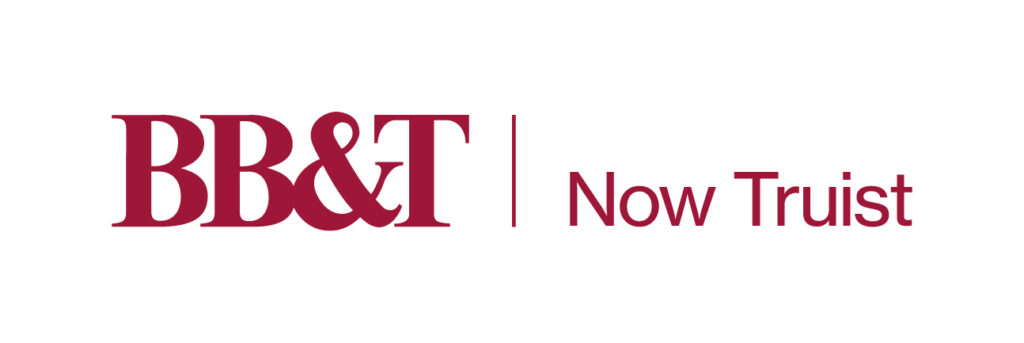
Financing Provided by BB&T | Truist
With a Truist construction-to-permanent loan, you can combine your lot and construction financing in a single loan. When your home is complete, we’ll simply modify your construction loan to a permanent mortgage.
Best if you
- Want to build your primary or vacation residence, or make significant renovations to your existing home
- Need to buy the lot and finance the construction
- Would like the option to prepay without penalty
Benefits
- Affordable, interest-only payments during construction
- Flexible fixed and adjustable-rate loan options
- No prepayment penalties
- One upfront closing with one set of closing costs provides the financing for the lot, construction and mortgage
How does it work?
A construction loan is a short-term loan – usually about a year – used to fund the construction of your home, from breaking ground to moving in. With a Truist construction-to-permanent loan, your construction financing simply converts to a permanent mortgage when your home is complete. During construction, you only pay the interest on your loan, and your payments may be tax-deductible. With one upfront closing and one set of closing costs, you’ll save time and money.
For construction loan rates, please contact:
Shawn Eckley – (813) 293-8093
How the construction-to-permanent loan process works
1. Determine if your property is eligible
One of the qualifications of a construction-to-permanent loan is that your new home must be an owner-occupied primary residence or a second home. The property type must be a one-unit, single-family detached home. We also require that you use a licensed builder to construct your home.
2. Get started on your loan process
When you are ready to begin the mortgage process, please contact us. The process is not much different than a standard home loan. In addition to the usual required financial information, you’ll also need to provide:
- A copy of the construction agreement with your builder, which must specify the cost of your home including options, upgrades, and lot value, if the lot is being purchased from the builder
- A land contract for the lot on which your house will be built, if applicable
- A copy of the floor plan and facade of the house, if applicable
- A deed to the lot, if applicable
3. Close on your loan
After your loan is approved, we’ll draft a loan commitment detailing the legal issues and requirements for your loan. You’ll receive this document at closing, but will also be given a sample document to review in advance. At closing, you’ll need enough cash to cover the closing costs and minimum down payment.
4. Begin drawing on your loan
You’ll pay the balance of the down payment at your construction closing. Funds are released from the construction loan based upon inspections of the completed work in progress.

